Ultra-thin plastic injection refers to the process of injecting molten plastic into a mold to create extremely thin and precise plastic parts. It involves the use of specialized equipment and techniques to achieve thin wall thicknesses, typically ranging from micrometers to a few millimeters.
WHAT IS ULTRA THIN WALL INJECTION MOLDING?
Ultra-thin wall injection molding refers to the manufacturing process of producing plastic parts with extremely thin and lightweight walls. It involves injecting molten plastic into a specially designed mold with thin cavities, resulting in parts with wall thicknesses significantly smaller than conventional injection molding. Wall thicknesses less than 1mm, often in the range of 100μm to 500μm (0.1mm to 0.5mm). This is commonly used for very small and intricate parts.

Key aspects and considerations in ultra-thin plastic injection:
- Material Selection: Choosing the right plastic material is crucial for achieving ultra-thin walls. Materials with high flowability and good melt strength are preferred to ensure proper filling of the mold and structural integrity of the thin-walled parts. Common materials used for ultra-thin plastic injection include high-density polyethylene (HDPE), polypropylene (PP), and polycarbonate (PC).
- Mold Design: The mold design plays a critical role in the success of ultra-thin plastic injection. The ultra thin wall injection mold should have precise cavities and cooling channels to facilitate efficient filling and cooling of the plastic. Special attention is given to the mold’s gate design, ensuring it provides sufficient pressure and flow control to prevent defects like flow marks or weld lines.
- Injection Molding Machine: Ultra-thin plastic injection often requires specialized injection molding machines capable of precise control over injection speed, pressure, and melt temperature. Machines with high-speed injection capabilities and advanced control systems are commonly used to achieve thin and consistent wall thicknesses.
- Process Optimization: Fine-tuning the injection molding process parameters is necessary to achieve optimal results. Parameters such as injection speed, holding pressure, melt temperature, and cooling time are adjusted to ensure the plastic material’s proper flow, filling, and solidification. Process optimization also helps minimize defects like warpages, sink marks, or flow lines.
- Cooling and Ejection: Efficient cooling is essential in ultra-thin plastic injection to prevent excessive shrinkage and maintain dimensional stability. Mold design considerations, such as the placement of cooling channels, help achieve uniform cooling throughout the part. Also, proper ejection mechanisms and techniques are employed to safely remove the delicate ultra-thin parts from the mold without causing damage.
- Quality Control: Rigorous quality control measures are necessary to ensure ultra-thin plastic parts’ dimensional accuracy and consistency. This may involve using specialized inspection equipment, such as optical measurement systems or laser scanners, to verify wall thickness, part dimensions, and surface quality.
What are the benefits of ultra-thin wall injection moulding?
Ultra-thin wall injection molding offers several advantages compared to conventional injection molding techniques.
- Material Savings: Ultra-thin wall molding uses significantly less plastic material compared to conventional molding. The reduced wall thickness allows for substantial material savings, which can lead to cost reductions, especially when producing large volumes of parts. This advantage is particularly relevant when using expensive or high-performance materials.
- Weight Reduction: Thin wall parts are inherently lighter in weight. This advantage is crucial in industries where weight savings are important, such as automotive, aerospace, and consumer electronics. Lighter parts can contribute to fuel efficiency, improved performance, and enhanced portability.
- Cost Efficiency: The reduced material consumption in ultra-thin wall molding results in lower material costs. Additionally, the lighter weight of the parts can lead to cost savings in transportation and logistics. The ability to produce more parts per unit of material can also increase production efficiency and reduce overall manufacturing costs.
- Design Flexibility: Ultra-thin wall molding enables the production of intricate and complex part designs with high precision. The thinner walls allow for more intricate features, such as small details, tight tolerances, and delicate geometries. This flexibility in design can lead to innovative product designs that were previously challenging or impossible to achieve.
- Faster Cycle Times: Due to the reduced wall thickness, ultra-thin wall molding cycles generally require less time for cooling and solidification of the plastic material. This can result in shorter cycle times, leading to increased production efficiency and higher output.
- Improved Performance: Ultra-thin wall parts can offer improved thermal and electrical conductivity compared to thicker counterparts. This advantage is beneficial in applications where heat dissipation or electrical conductivity is important, such as electronic components or heat sinks.
- Environmental Impact: Ultra-thin wall molding can contribute to environmental sustainability by reducing material consumption and waste generation. The lower material usage results in reduced energy consumption during production and a smaller carbon footprint.
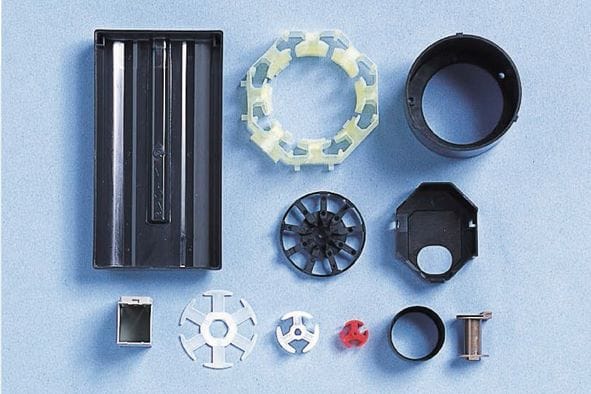
Ultra-thin wall injection molding parts find applications in various industries requiring lightweight, intricate, and space-saving components. Some typical applications include:
- Electronics: Ultra-thin wall molding produces components for electronic devices, such as mobile phones, laptops, tablets, and wearables. These components can include cases, connectors, microelectronic packages, and other intricate parts.
- Automotive: In the automotive industry, ultra-thin wall molding manufacturers manufacture lightweight and space-saving components. Applications include interior trim parts, instrument panels, door panels, air vents, and various sensor housings.
- Aerospace: Ultra-thin wall molding is utilized in the aerospace sector to produce lightweight components for aircraft and spacecraft. These include interior components, seating parts, instrument panels, tray tables, and other cabin equipment.
- Packaging: Thin-walled containers, cups, lids, and packaging solutions are commonly produced using ultra-thin wall molding. These lightweight and cost-effective packaging solutions are utilized in the food and beverage industry, as well as in pharmaceuticals and other consumer goods.
- Medical Devices: Ultra-thin wall molding produces medical devices and components, such as syringes, catheters, connectors, microfluidic devices, and surgical instruments. Ultra-thin wall parts’ lightweight and precise nature are advantageous in medical applications.
- Consumer Goods: Various consumer goods benefit from ultra-thin wall moulding, including household appliances, personal care products, toys, and electronics. The process enables the production of lightweight and intricate components for these products.
- Telecom and Networking: Ultra-thin wall moulding is utilized to manufacture telecom and networking equipment, such as connectors, antenna housings, fibre optics components, and server rack accessories.
- Industrial Applications: Ultra-thin wall molding finds applications in industrial settings, including components for machinery, automation equipment, electrical enclosures, and connectors.
The advantages of ultra-thin wall injection molding, such as weight reduction, material savings, design flexibility, and cost efficiency, make it an attractive choice in these industries where lightweight and intricate parts are required.


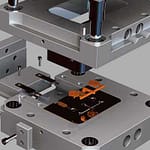

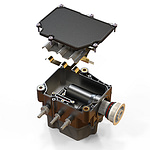
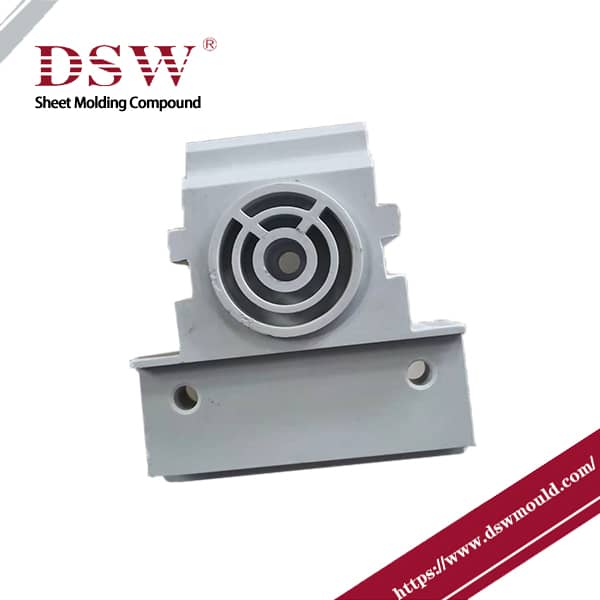
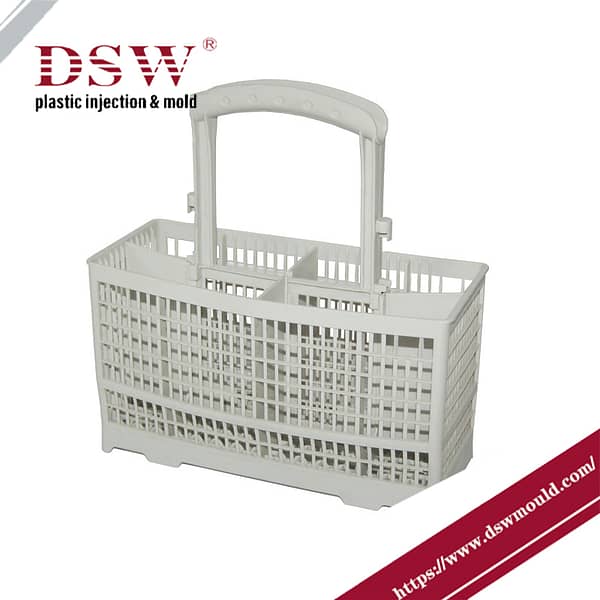
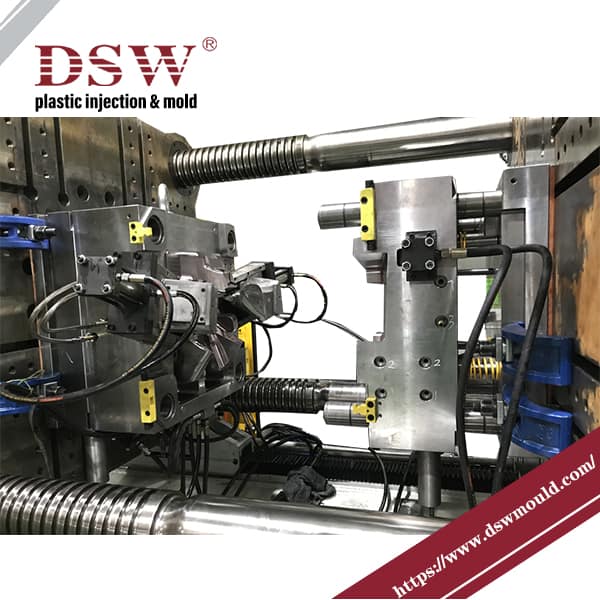

No comment